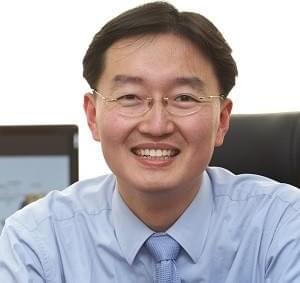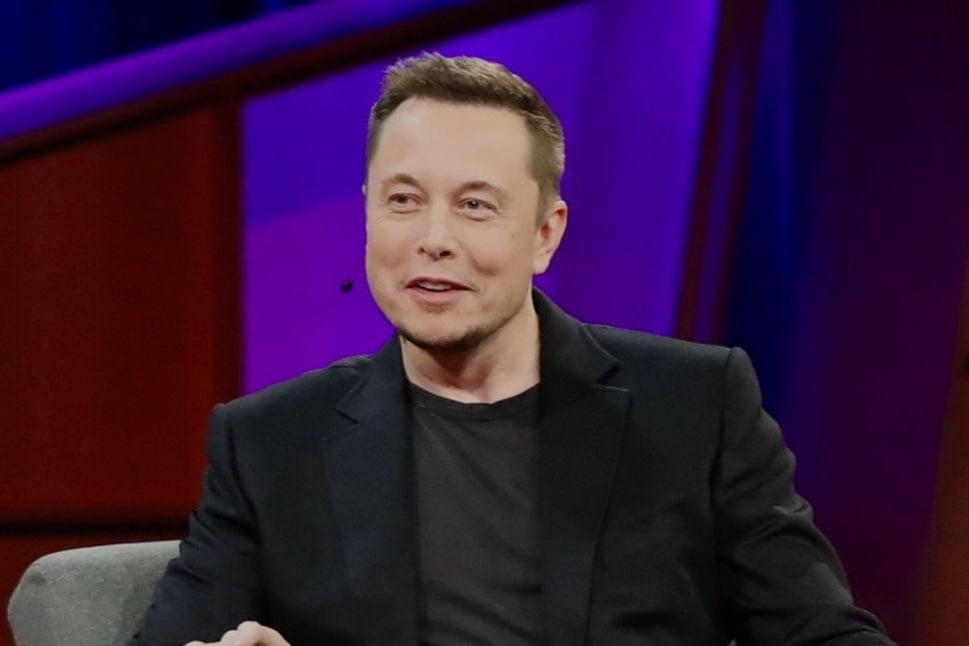The signaling protein, known as mTOR, is excessively active in many cancer cells and plays a key role in various diseases, such as diabetes, inflammation, and aging. Meanwhile, autophagy is well-known for its elaborately mediated regulation of activity by the mTOR protein in cells. Inhibiting this activity of the mTOR protein can increase autophagy and subsequently induce cancer cell death.
Professor Kim Se-yun’s research team conducted a study on developing an mTOR-inhibitory anticancer drug with a drug regeneration strategy based on effective binding technology that models physical interactions between compounds and target proteins using the three-dimensional protein structure.
Drug regeneration finds new indications for FDA-approved drugs or clinical drug groups previously proven safe. According to the researchers, this strategy can innovatively shorten the enormous time and investment in new drug development that traditionally takes more than 10 years.





